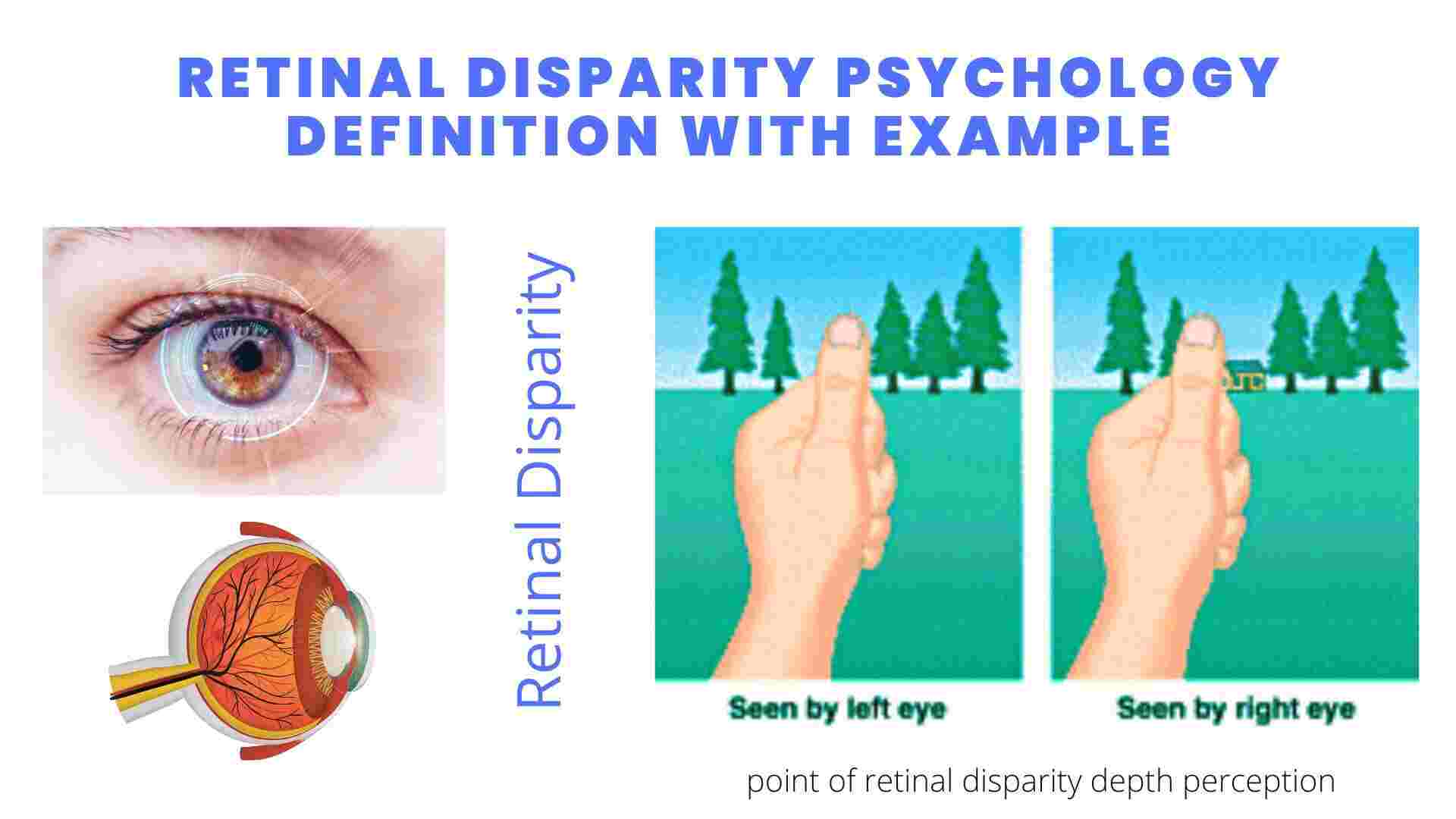What is retinal disparity?
Retinal disparity refers to the differences in size between the left and right halves of your retina. It helps us determine the direction in which a stimulus is approaching and makes that stimulus easier to process. You can test this by holding a finger about 15 degrees above your head and slowly moving it toward your face. As soon as you notice that the finger starts looking larger than normal, stop moving it closer to your face. This is the point of retinal disparity depth perception.
[lwptoc]
Why is retinal disparity important?
Retinal disparity is important because it helps us determine the direction in which a stimulus is approaching. This process is called stereopsis, and it makes that stimulus easier to process. It also helps us perceive depth.
In other words, it’s not just a matter of where the object appears on your retina—it’s also about how big it looks to each eye. For example, if you hold up two fingers in front of your face and slowly move them closer together, their size will appear to increase as they get closer.
Example of Retinal Disparity:
Let’s say you have a friend who is standing on the other side of the room. You both look at each other and smile. Your friend gets up and walks toward you, but when they get closer they seem to be moving backward. This is because your eyes are converging on them, which creates the illusion that they’re moving away from each other. It is a retinal disparity example.
Convergence and Retinal Disparity/Retinal Disparity and Convergence
When both eyes turn inward to focus on an item, it is known as convergence. Retinal disparity is similar to this. Convergence is the process by which both eyes focus on an object that’s close to us. It helps us bring things into clear focus and is a normal part of everyday life.
When you converge, your eyes come together and look at an object. It’s what helps us focus on things that are close to us, like reading a book or looking at someone’s face. Convergence is important because it helps us perceive depth. When we have good convergence skills, we can tell how far away objects are from each other and from ourselves.
How does retinal disparity help you drive?
Retinal disparity can help you perceive depth, which is especially helpful when driving. When you’re in a car, you want to pay careful attention to what’s happening around the road. Retinal disparity allows you to make quick adjustments with movement of your eyes and head, so that you can keep your eyes on the road while both taking in the scenery and keeping your eyes on the road itself.
What’s the difference between binocular and monocular?
Binocular and monocular vision are two different types of vision. Binocular vision is when both eyes work together to provide a single image, while monocular vision is when only one eye provides an image. A binocular has two separate optical lenses that come together at some point in their path of travel. The objective lens is used for close objects at an intermediate distance, and the eyepiece lens magnifies distant objects. Because the binocular incorporates both lenses, it allows for a wider field of view than a monocular can produce.
Monocular cues, as opposed to binocular cues, need just the use of one eye and can be delivered in two dimensions. Since they give the appearance of depth in a two-dimensional space, several of these cues are employed in visual arts.



